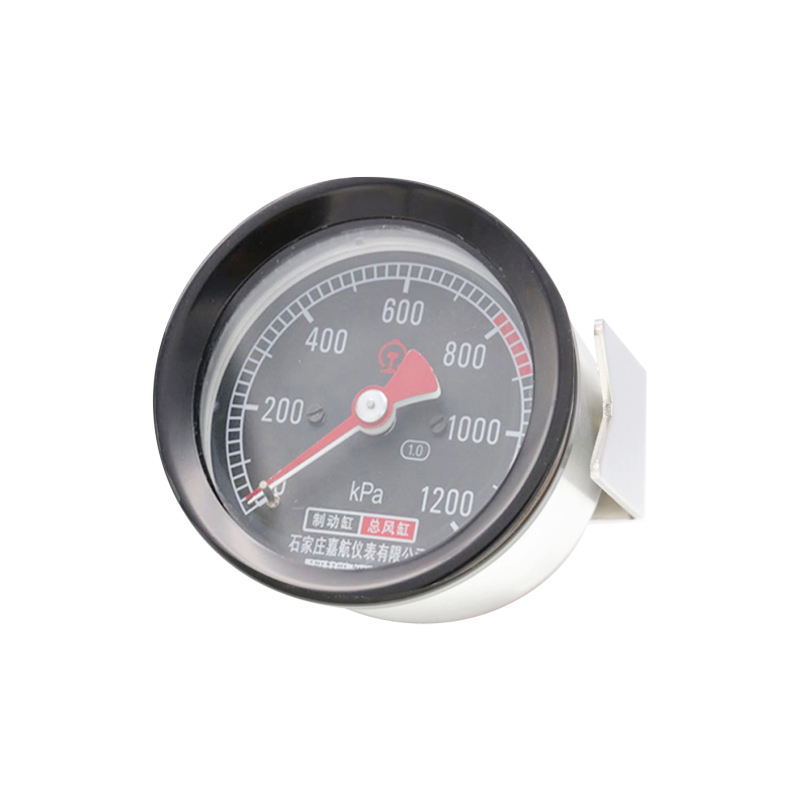
Αυγ . 16, 2024 09:21 Back to list
Understanding the Mechanisms of Jah Piston Type Differential Pressure Gauges for Accurate Measurements
Understanding the Jah Piston Type Differential Pressure Gauge
Differential pressure gauges play a critical role in various industrial applications, providing essential data for monitoring and controlling processes. Among these, the Jah piston type differential pressure gauge stands out due to its unique design and functionality. This article will delve into the principles of operation, features, applications, and advantages of the Jah piston type differential pressure gauge.
Principles of Operation
The Jah piston type differential pressure gauge operates on the basic principle of measuring the difference in pressure between two points in a process system. This device employs a piston mechanism, where the pressure difference causes the piston to move within a sealed cylinder. The movement of the piston is directly proportional to the differential pressure, allowing it to provide accurate readings.
The gauge typically consists of two pressure ports one for the high-pressure side and one for the low-pressure side. The differential pressure acting on the piston generates a displacement, which is then translated into a readable format, often via a dial or electronic display. This design ensures that the gauge can accurately reflect slight changes in pressure, making it suitable for precision monitoring in sensitive applications.
Features
One of the key features of the Jah piston type differential pressure gauge is its durability and reliability. Constructed from high-quality materials, these gauges are designed to withstand harsh environmental conditions and corrosive substances, making them ideal for a wide range of industrial settings.
Another notable feature is the ease of calibration. Jah gauges come with straightforward calibration procedures, ensuring accurate measurements over time. Many models also offer adjustable ranges, allowing users to customize the gauge for specific applications.
Additionally, the gauge's piston design minimizes the effects of vibration and pulsation, which can often lead to inaccurate readings in traditional diaphragm-based gauges. This characteristic enhances the reliability and stability of the measurements, particularly in dynamic environments.
jah piston type differential pressure gauge

Applications
The Jah piston type differential pressure gauge is widely used across various industries. In the oil and gas sector, for example, these gauges are essential for monitoring pressure differentials across filters, separators, and pipelines. Accurate measurements are crucial in this industry to ensure operational efficiency and to prevent equipment failure.
Similarly, in the water and wastewater treatment industry, these gauges help monitor pressure drop across filtration systems, aiding in the assessment of filter conditions. They are also prevalent in HVAC systems, where they monitor air pressure differences, allowing for effective airflow management.
Furthermore, the pharmaceutical and food processing industries utilize these gauges to ensure the proper functioning of equipment, maintaining product safety and quality by monitoring key pressure parameters.
Advantages
The advantages of the Jah piston type differential pressure gauge are manifold. Their accuracy in measuring low-pressure differentials sets them apart from traditional gauges, making them suitable for sensitive applications. Additionally, their robust construction and resistance to adverse environmental conditions ensure longevity and reduced maintenance costs.
The simple yet effective design allows for easy installation and operation, which is a significant benefit for operators in fast-paced industrial environments. Furthermore, the versatility of these gauges in handling various fluids and gases expands their usability across different sectors.
Conclusion
In summary, the Jah piston type differential pressure gauge is an invaluable tool in modern industrial applications. Its precise measurement capabilities, durable design, and broad range of applications make it a preferred choice for engineers and operators alike. As industries continue to seek efficiency and reliability in their processes, devices like the Jah piston type differential pressure gauge will undoubtedly remain at the forefront of technological advancements in pressure measurement.
-
High-Precision 5 Valve Manifold Differential Pressure Gauge Suppliers
NewsApr.29,2025
-
High-Precision Diaphragm Vacuum Pressure Gauges Manufacturers & Quotes
NewsApr.29,2025
-
Omega Differential Pressure Gauges High Accuracy & Durability
NewsApr.28,2025
-
Low Pressure Differential Pressure Gauges Precision Solutions & Quotes
NewsApr.28,2025
-
Digital Diaphragm Pressure Gaauge Precision Measurement & OEM Quotes
NewsApr.28,2025
-
Differential Pressure Gauge China Price High-Accuracy & Best Quotes
NewsApr.28,2025
